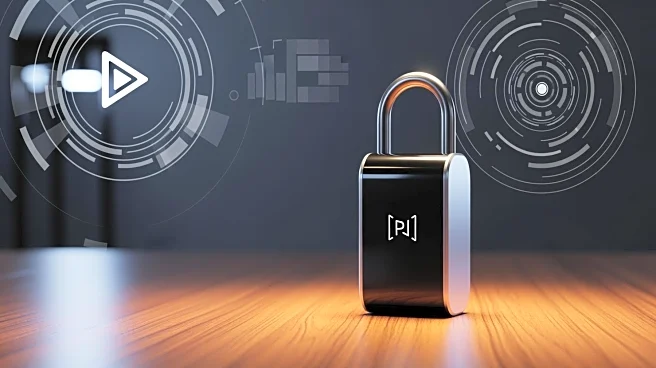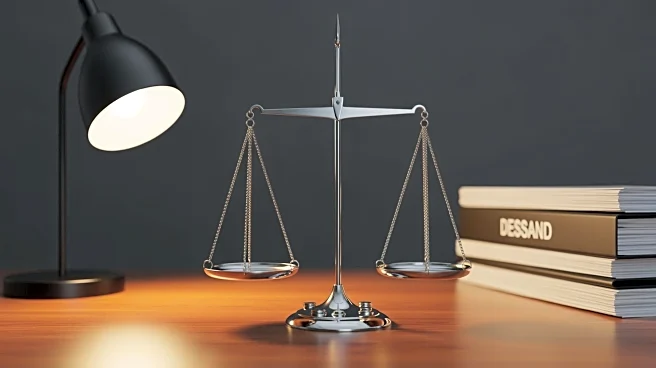What's Happening?
In parking lot accidents, the driver who was reversing is typically at fault due to the duty to yield to cars, pedestrians, and cyclists in active lanes. Parking lots are high-risk areas for collisions,
with limited visibility and constant movement. Common scenarios include a moving vehicle colliding with a parked car or a driver reversing without checking blind spots. Even low-speed crashes can cause injury or costly damage. Drivers must exchange information, take photos, and report the crash to insurers. Legal advice may be necessary to establish fault and pursue compensation.
Why It's Important?
Understanding fault in parking lot accidents is crucial for drivers to protect their rights and seek compensation for damages. The reversing driver is usually liable for failing to exercise caution, which can lead to legal and financial consequences. Parking lot accidents highlight the importance of awareness and adherence to traffic rules, especially in crowded areas. The prevalence of such accidents underscores the need for improved safety measures and driver education to prevent collisions and reduce liability risks.
What's Next?
Drivers involved in parking lot accidents should promptly report the incident to their insurance company and seek legal advice if necessary. Insurers will assess fault based on evidence such as photos, witness statements, and video footage. Comparative fault laws may apply, affecting the distribution of damages. As technology advances, features like backup cameras and sensors may help reduce accidents, but drivers must remain vigilant and not rely solely on technology.
Beyond the Headlines
Parking lot accidents raise broader questions about driver responsibility and the effectiveness of safety technologies. The legal implications of fault determination can impact insurance premiums and liability claims. As urban areas continue to grow, the need for efficient parking lot design and traffic management becomes increasingly important. The discussion also highlights the role of technology in enhancing safety and the potential for legal reforms to address accident liability.











